When it comes to designing or renovating a kitchen, choosing the right cabinetry is a pivotal decision. Kitchen cabinets are not just essential for storage; they also significantly influence the aesthetic and functionality of the space. Among the various options available, Multiwood kitchen cabinets have emerged as a popular choice due to their versatility, durability, and appealing designs. Today we will discuss different aspects of Multiwood kitchen cabinets, exploring their benefits, design options, maintenance requirements, and cost considerations.
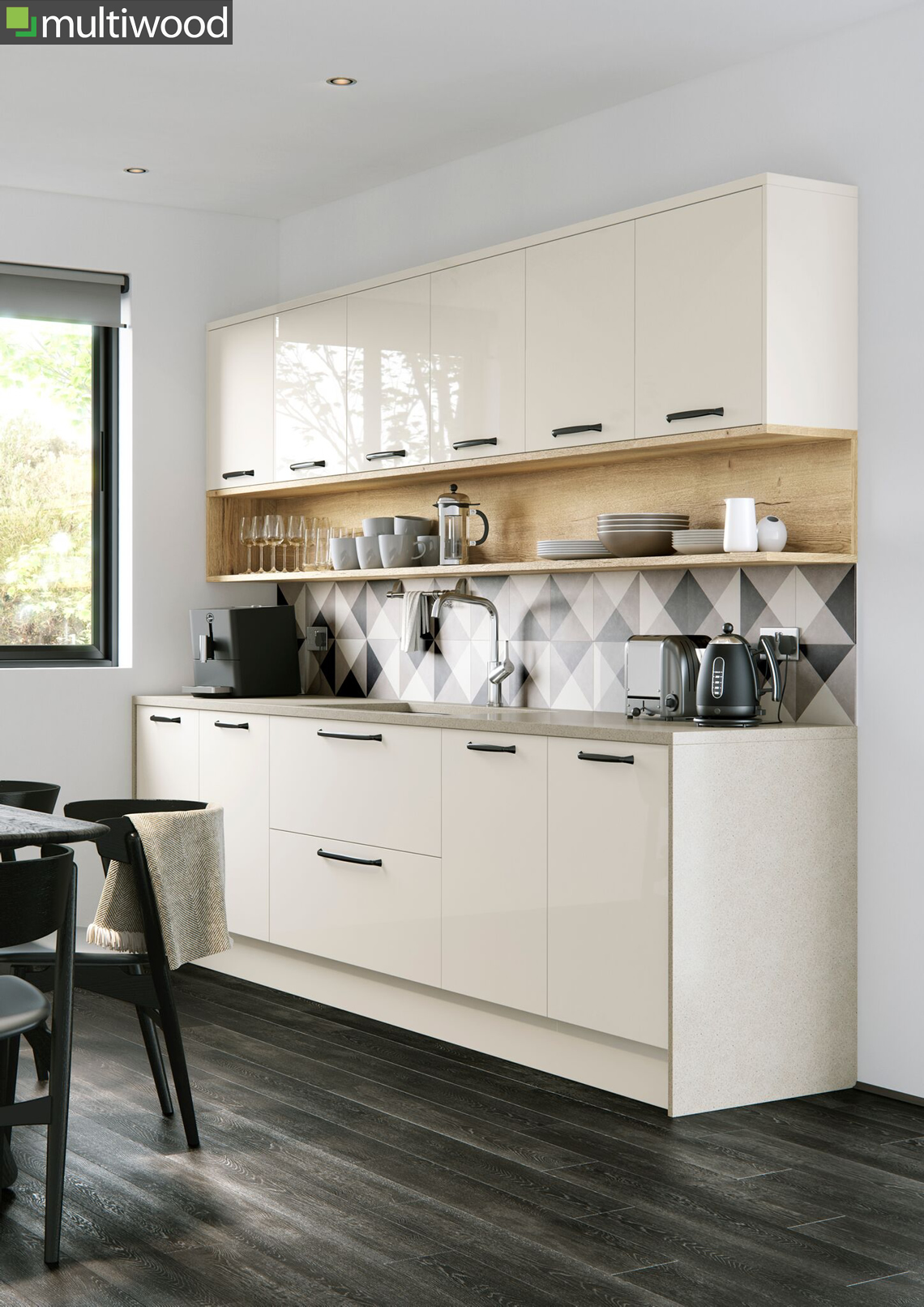
Understanding Multiwood Kitchen Cabinets
What is Multiwood?
Multiwood is a type of engineered wood product made by bonding multiple layers of wood veneers together with resins under high pressure and temperature. This construction method enhances the material’s strength and stability, making it an excellent choice for kitchen cabinetry. Multiwood combines the aesthetic appeal of natural wood with the durability and versatility of engineered wood, offering a balanced solution for modern kitchens.
Benefits of Multiwood Cabinets
One of the primary advantages of Multiwood kitchen cabinets is their durability. The engineered structure makes them resistant to warping, cracking, and swelling, which are common issues with solid wood cabinets, especially in environments with fluctuating temperatures and humidity levels. Additionally, Multiwood cabinets are lightweight yet sturdy, making them easier to install and handle.
Another significant benefit is the aesthetic flexibility. Multiwood can be finished in various ways, including laminates, veneers, and paints, allowing homeowners to achieve a wide range of looks and styles. Whether you prefer a sleek modern design, a rustic farmhouse feel, or a classic traditional kitchen, Multiwood cabinets can be customized to match your vision.
Environmental Considerations
Multiwood is considered an environmentally friendly option compared to solid wood. The production process uses less raw timber, and manufacturers often utilize wood from sustainably managed forests. Furthermore, the use of adhesives and resins in Multiwood can incorporate recycled wood fibers, reducing waste and promoting sustainable practices. For environmentally conscious homeowners, choosing Multiwood cabinets can be a step towards a greener kitchen.
Versatility in Design
One of the standout features of Multiwood kitchen cabinets is their versatility in design. They can be easily cut, shaped, and customized to fit any kitchen layout. This flexibility allows for the creation of unique and innovative kitchen designs that maximize space and functionality. From traditional framed cabinets to contemporary frameless styles, Multiwood can adapt to various design preferences and architectural requirements.

Design Options for Multiwood Kitchen Cabinets
Finishes and Colors
Multiwood cabinets offer an extensive range of finishes and colors, making it easy to find an option that complements your kitchen’s overall design. High-gloss finishes provide a sleek, modern look, while matte finishes offer a more understated elegance. Wood grain finishes can mimic the appearance of natural wood, adding warmth and texture to the kitchen. Additionally, Multiwood can be painted in virtually any color, allowing for endless customization possibilities.
Door Styles and Hardware
The door style of your kitchen cabinets can significantly impact the overall aesthetic of the space. Multiwood cabinets come in various door styles, including shaker, flat-panel, raised-panel, and glass-front designs. Shaker doors, with their simple and clean lines, are popular in both traditional and modern kitchens. Flat-panel doors offer a minimalist look, while raised-panel doors provide a more ornate appearance. Glass-front doors can be used to display decorative items and add a touch of elegance to the kitchen.
Customization and Add-Ons
One of the major advantages of Multiwood cabinets is the ease of customization. Homeowners can choose from a wide array of cabinet sizes, configurations, and add-ons to create a kitchen that suits their specific needs. Features like pull-out shelves, lazy Susans, and integrated lighting can enhance functionality and convenience. Custom moldings and trims can be added to create a more polished and personalized look.
Integrating with Kitchen Layout
Multiwood cabinets can be seamlessly integrated into various kitchen layouts, from U-shaped and L-shaped designs to galley and island kitchens. Their adaptability ensures that they can fit into both small and large spaces, optimizing storage and workflow. Whether you have an open-plan kitchen or a compact apartment kitchen, Multiwood cabinets can be tailored to enhance the efficiency and aesthetics of the space.

Maintenance and Longevity
Cleaning and Care
Maintaining Multiwood kitchen cabinets is relatively straightforward. Regular cleaning with a soft cloth and mild detergent is usually sufficient to keep the surfaces looking new. It is important to avoid using abrasive cleaners or scouring pads, as they can damage the finish. For stubborn stains or grease, a solution of warm water and vinegar can be effective. Proper cleaning helps preserve the appearance and longevity of the cabinets.
Handling Wear and Tear
Despite their durability, Multiwood cabinets are not entirely immune to wear and tear. Over time, the surfaces may show signs of minor scratches or scuffs. Using protective pads under heavy appliances and being mindful of sharp objects can help minimize damage. In the event of scratches, touch-up kits are available that can match the color and finish of the cabinets, allowing for easy repairs.
Environmental Factors
To ensure the longevity of Multiwood cabinets, it is crucial to consider environmental factors such as temperature and humidity. Excessive moisture can lead to swelling or warping, while extreme dryness can cause the material to crack. Installing proper ventilation and maintaining a consistent indoor climate can help mitigate these issues. Additionally, avoiding direct exposure to sunlight can prevent fading and discoloration of the cabinet surfaces.
Regular Maintenance
Periodic maintenance is essential to keep Multiwood kitchen cabinets in optimal condition. This includes checking and tightening hardware such as hinges and handles, as well as inspecting for any signs of damage or wear. Re-sealing or re-finishing the cabinets may be necessary over time to restore their original luster and protect the material. Regular maintenance ensures that the cabinets remain functional and visually appealing for years to come.
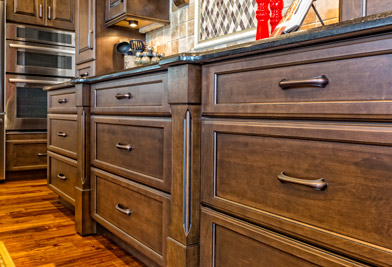
Cost Considerations
Initial Investment
The cost of Multiwood kitchen cabinets can vary widely based on factors such as quality, customization, and installation. Generally, Multiwood cabinets are more affordable than solid wood options, making them an attractive choice for budget-conscious homeowners. The initial investment includes the price of the cabinets, any customizations, and the cost of professional installation if required.
Long-Term Value
Investing in Multiwood kitchen cabinets can offer significant long-term value. Their durability and resistance to common issues such as warping and cracking mean that they can last for many years with proper care. This longevity reduces the need for frequent replacements, providing a cost-effective solution over time. Additionally, the aesthetic appeal and customization options can enhance the overall value of your home.
Comparing with Other Materials
When compared to other materials such as solid wood, MDF, and laminate, Multiwood offers a balanced combination of durability, aesthetics, and cost-effectiveness. While solid wood cabinets may offer a premium look and feel, they come with a higher price tag and maintenance requirements. MDF and laminate cabinets, on the other hand, maybe more affordable but lack the durability and customization options of Multiwood. Evaluating the pros and cons of each material can help determine the best choice for your kitchen.

Budgeting Tips
To make the most of your budget when selecting Multiwood kitchen cabinets, consider the following tips:
- Prioritize essential features: Focus on the key elements that will enhance functionality and aesthetics, such as quality finishes and practical add-ons.
- Opt for standard sizes: Custom sizes and configurations can increase costs. Choosing standard sizes where possible can help reduce expenses.
- Shop around: Compare prices from different suppliers and consider purchasing during sales or promotions.
- DIY installation: If you have the skills and tools, installing the cabinets yourself can save on labor costs. However, professional installation is recommended for complex designs.

Common Mistakes to Avoid
Overlooking Material Quality
One of the common mistakes homeowners make is overlooking the quality of the Multiwood material. Not all Multiwood products are created equal, and opting for lower-quality options to save money can lead to issues like warping, peeling, and reduced durability. Always choose reputable brands and suppliers that offer high-quality Multiwood with reliable warranties.
Ignoring the Kitchen Layout
Another mistake is not considering the kitchen layout when selecting and installing Multiwood cabinets. Poor planning can result in inefficient use of space and awkward configurations. It’s essential to measure accurately and plan the layout carefully to ensure that the cabinets fit well and enhance the functionality of the kitchen.
Skimping on Hardware
Cabinet hardware such as hinges, handles, and drawer slides are crucial for the functionality and longevity of the cabinets. Skimping on quality hardware can lead to issues like sticking drawers, misaligned doors, and premature wear. Invest in high-quality hardware to ensure smooth operation and durability.
Failing to Maintain Regularly
Even though Multiwood cabinets are relatively low maintenance, neglecting regular care and cleaning can lead to premature wear and damage. Regularly wiping down the surfaces, checking for signs of damage, and performing minor repairs as needed can extend the life of your cabinets and keep them looking their best.
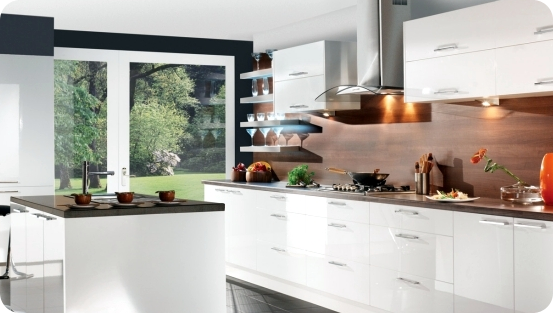
What are Multiwood kitchen cabinets made of?
Multiwood kitchen cabinets are made from engineered wood, which involves bonding multiple layers of wood veneers together with resins under high pressure and temperature. This process creates a strong, stable material that combines the aesthetic appeal of natural wood with enhanced durability and resistance to warping and cracking.
Are Multiwood kitchen cabinets environmentally friendly?
Yes, Multiwood kitchen cabinets can be considered environmentally friendly. The production process uses less raw timber compared to solid wood, and manufacturers often source wood from sustainably managed forests. Additionally, the use of adhesives and resins can incorporate recycled wood fibers, promoting sustainable practices and reducing waste.
How do I maintain and clean Multiwood kitchen cabinets?
Maintaining Multiwood kitchen cabinets is relatively easy. Regular cleaning with a soft cloth and mild detergent is usually sufficient. Avoid using abrasive cleaners or scouring pads that can damage the finish. For stubborn stains, a solution of warm water and vinegar can be effective. Regular maintenance, including checking and tightening hardware, helps keep the cabinets in good condition.
How do Multiwood cabinets compare to solid wood cabinets?
Multiwood cabinets offer a balance of durability, aesthetic flexibility, and cost-effectiveness compared to solid wood cabinets. While solid wood provides a premium look and feel, it is more susceptible to warping, cracking, and moisture damage. Multiwood, on the other hand, is engineered to resist these issues and offers a wide range of finishes and colors, making it a versatile choice for various kitchen designs.
What is the cost range for Multiwood kitchen cabinets?
The cost of Multiwood kitchen cabinets varies based on factors such as quality, customization, and installation. Generally, they are more affordable than solid wood cabinets. Prices can range from $100 to $500 per linear foot, with additional costs for custom features and professional installation. Comparing prices from different suppliers and considering standard sizes can help manage the budget effectively.

Mahogany Maple Kitchen Cabinet Set – RTA Cabinet Hub

Kerala Kitchen Cabinets Designs Photos – New Model Kitchen Design In Kerala Home Architec Ideas
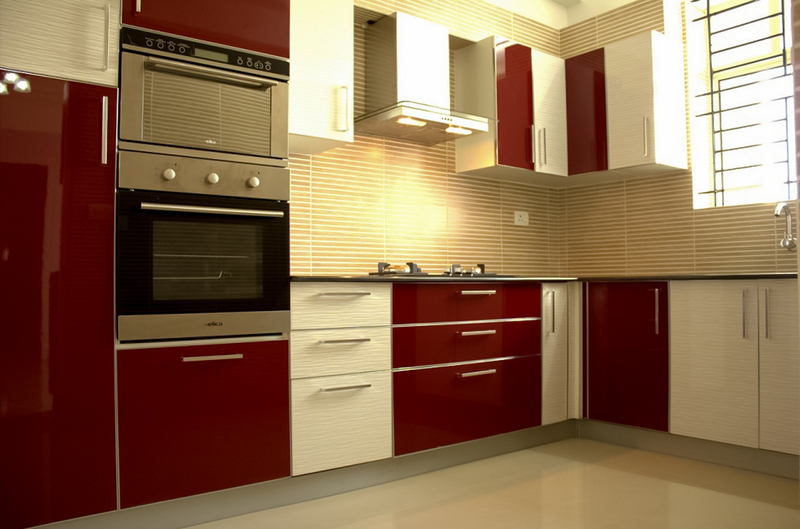
Shaker Cream
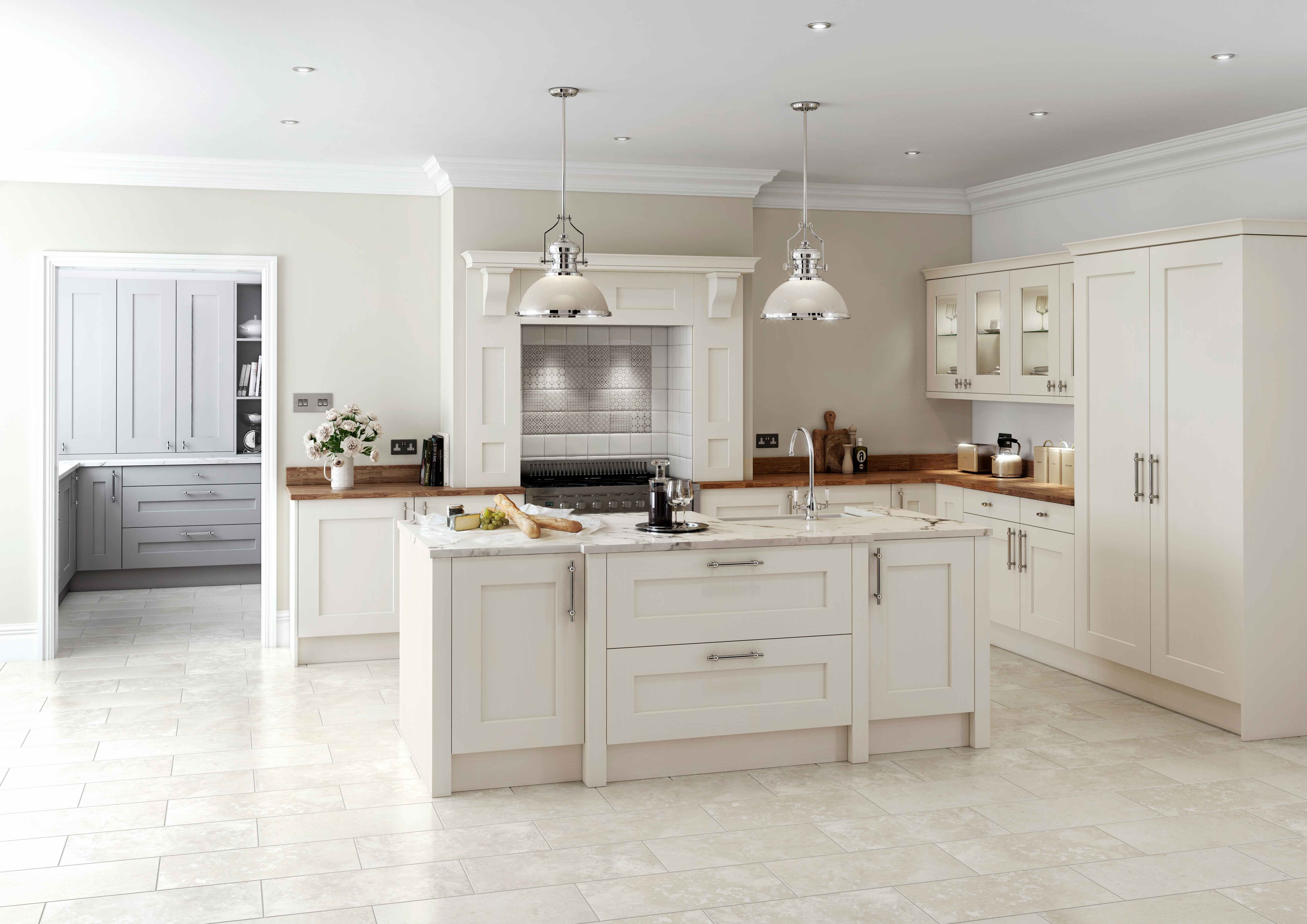
Traditional Wood Cabinets Matawan New Jersey by Design Line Kitchens

Related Posts:
- Pre Cut Kitchen Cabinets
- 6 Inch Wide Base Kitchen Cabinet
- Kitchen Maid Kitchen Cabinets
- How To Refinish Kitchen Cabinets Without Sanding
- Off White Painted Kitchen Cabinets
- Readymade Kitchen Cabinets In Bangalore
- Single Door Kitchen Pantry Cabinet
- Houzz Kitchen Cabinet Pulls
- Can I Paint My Laminate Kitchen Cabinets
- Kitchen Cabinets Depreciation Life